We invented Tourism
The County of Jämtland today offers innumerable opportunities for nature based activities, both in summer and in winter, with accommodations in anything from manors to tipis, with excellent communications with the rest of Sweden and the world as well as locally produced food when hunger sets in.
Some 1,000 years ago, in the tracks of St Olav, pilgrim tourism flourished on many trails and paths through Jämtland and Härjedalen en route to Nidaros (today called Trondheim), Norway. Following in the tracks of Carl von Linné (Carolus Linnaeus), many gentlemen, so-called ’flower gents’ were building their own herbaria and made their way to the mountains. By the end of the 1800s, various spa and health resorts evolved. The guests revelled in the clear air, the pure water and the generous hospitality.
The railway – a necessity
Once the railway opened in 1882, Jämtland became even more accessible and a number of new hotels and guesthouses stood ready to welcome the visitors. At this time, hunting lodges were built in the area by Swedish and international industrialists and squires. They bought large highland properties and built magnificent hunting villas, of which many are still in use. In 1897, STF – the Swedish Touring Club – opened its first tourist lodge at Sylarna (it is on display at Jamtli, Östersund). The summer farms, shielings, came to play important roles both as destinations for an outing and for overnight stays. Belvederes, historic monuments, waterfalls and other natural formations were also highly popular.
Compulsory holidays
In 1938, paid holidays were laid down by law in Sweden. The bicycle, moped and eventually the private car became essential means of transport for the members of the public who opted to escape everyday life to experience new environments.
The Stenmark alpine racing era in the 1970s contributed strongly to the development of the winter sports destinations in the county. Ski resorts such as Åre, Bydalsfjällen, Vemdalen and Ramundberget expanded, laying the foundation for the important ski destinations they are today. Ski resorts not only coming to life during the winter season but also offering a multitude of year round activities.
Creative City of Gastronomy
There are a number of reasons as to why Östersund is so popular. The next closest town of comparable size is over 180 km away, which means that Östersund, as the heart of the lake Storsjö region, provides the necessary services to the surrounding region. The range of shopping, restaurants and cafe’s, that Östersund has to offer is incredible. And the region boasts from having the largest concentration of artisan food producers in Sweden. No wonder Östersund has been selected a UNESCO Creative City of Gastronomy. Something which has helped to put the small-scale and locally produced culinary artisans in Jämtland and Härjedalen, on the map.










